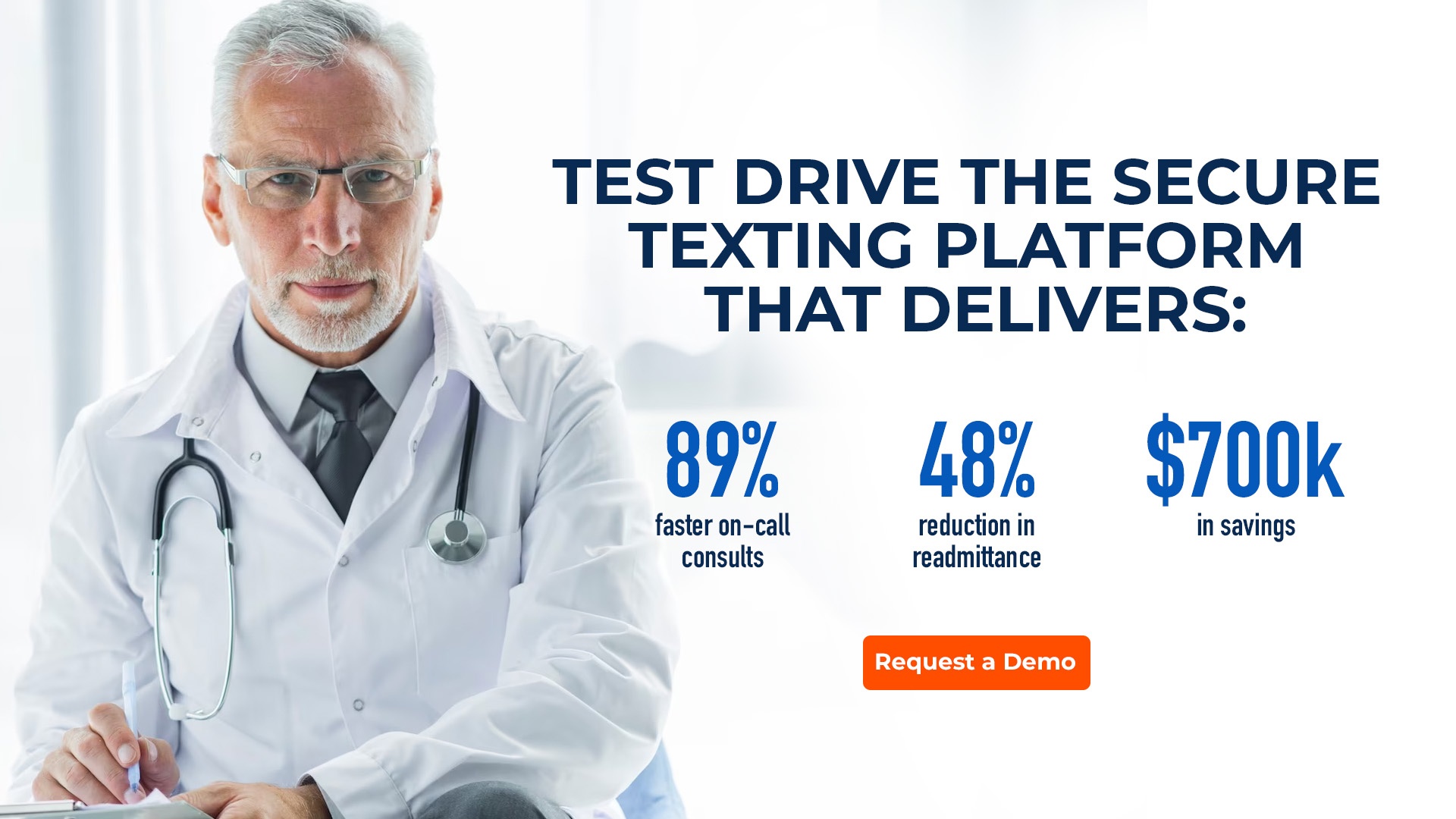7 Strategies for Effective Clinical Communication
.jpg)
Effective communication is the cornerstone of quality healthcare delivery, yet it remains a complex and multifaceted challenge within healthcare settings. Meaningful and uncomplicated patient-provider interactions, care team collaboration, and conveying critical information accurately, empathetically, and efficiently are all essential for ensuring positive outcomes and patient satisfaction.
In this blog, we will explore seven strategies for effective clinical communication, offering practical tips and tools tailored to enhance communication protocols and methods. Implementing these strategies can lead to improved patient care, streamlined workflows, and strengthened professional relationships.
1. Active Listening
Active listening is a foundational strategy for effective clinical communication in healthcare settings. Patients rely on healthcare professionals to provide answers regarding concerns, questions, and fears about their health. By actively listening to patients, healthcare providers can gain insight into their concerns, preferences, and goals, allowing for more personalized and patient-centered care.
Active listening is not limited to patient-provider interactions but also extends to communication within healthcare teams. By actively listening to colleagues and other team members, healthcare professionals can facilitate effective collaboration, coordination of care, and shared decision-making. There’s less room for miscommunication or misinterpretation.
Here are some ways to improve active listening skills:
- Give your full attention to patients or colleagues.
- Allow the speaker to express their thoughts without interruption.
- Put yourself in the patient’s shoes and try to understand their perspective, feelings, and motivations.
- Ask clarifying questions if you don't understand something or need more information.
2. Open and Honest Communication
Openness and honesty build trust between healthcare providers and patients. Patients are more likely to trust their providers when they feel that they are being transparent and forthcoming with information about their health condition, treatment options, and potential risks.
Open and honest communication also encourages active patient engagement in decision-making regarding their care. Patients feel empowered to ask questions, express concerns, and make informed choices about their treatment plans. Open discussion between patient and provider allows clinicians to tailor treatment plans to meet the unique needs and goals of each patient.
3. Effective Handoffs and Transitions of Care
According to Todd Thompson, Director of Operations at Backline by DrFirst, smooth handoffs and transitions of care ensure continuity in patient care, particularly when transferring patients between different departments or healthcare settings. Improving handoffs and transitions of care enhances patient safety by reducing the risk of medical errors or misunderstandings.
Establish standardized protocols and procedures for handoffs and transitions of care. Clear communication during patient transfers facilitates the timely exchange of information and ensures all stakeholders are informed and prepared to respond effectively to changes in the patient's condition or care needs.
4. Interprofessional Collaboration
Interprofessional collaboration brings together healthcare professionals from different disciplines, such as physicians, nurses, pharmacists, therapists, and social workers, to collectively address the diverse needs of patients.
One mode of communication is the most successful strategy for effective clinical communication across teams. In a study from BMJ Innovations, 70% of clinicians reported that an asynchronous platform improved or greatly improved interprofessional communication.
 “Clinical staff may be more inclined to use communications tools that are embedded in an existing EHR system,” explained Dr. Rishi Sarna, MD, Chief Clinical Officer at Backline by DrFirst.
“Clinical staff may be more inclined to use communications tools that are embedded in an existing EHR system,” explained Dr. Rishi Sarna, MD, Chief Clinical Officer at Backline by DrFirst.
Backline provides healthcare connections beyond the walls of your hospital and medical center. Clinicians, inside or outside your organization, can quickly and easily collaborate with the entire care team. This includes colleagues, partners, affiliates, patients, and caregivers. The key here is the ability to provide secure, HIPAA-compliant communications without the hassle of external users downloading an app. This allows providers to not only communicate but the ability to share clinical information in real-time including medical records, document attachments, images, etc., to improve collaboration and communication.
5. Use of Communication Tools and Technology
Modern technology facilitates real-time communication between healthcare providers and patients, allowing them to communicate quickly and efficiently, regardless of their physical location. The rise of telehealth has proven patients expect a great experience that follows them anywhere.
 “The physician or clinician can communicate to anyone who needs to know, regardless of the borders,” adds Linda Fischer, Executive Advisor at Backline by DrFirst.
“The physician or clinician can communicate to anyone who needs to know, regardless of the borders,” adds Linda Fischer, Executive Advisor at Backline by DrFirst.
With Backline, patient care teams can drive and control the entire telehealth process and use the latest technology tools seamlessly with current on-site patient workflows. Telehealth enables healthcare providers to conduct virtual consultations, monitor patients remotely, and deliver care at a distance. Backline empowers the healthcare team to communicate directly with patients, participate in shared decision-making, and actively manage their health, leading to improved patient satisfaction and outcomes.
The Backline platform also helps healthcare providers communicate with each other. Having patient-centered communication located within one platform, clinicians can quickly and easily get caught up on the patient’s condition, medical information, and history. It keeps everyone on the same page.
6. Conflict Resolution Skills
Conflict resolution skills facilitate collaboration among healthcare professionals by encouraging open dialogue, constructive feedback, and shared decision-making. When conflicts arise, healthcare providers can engage in respectful communication, consider multiple perspectives, and work together to identify mutually acceptable solutions that prioritize patient well-being and care objectives.
Effective conflict resolution contributes to patient safety by addressing issues or disagreements that may compromise the quality of care or patient outcomes. By addressing conflicts proactively and transparently, healthcare providers can identify potential risks, implement corrective actions, and ensure that patient safety remains a top priority in all clinical decisions and practices.
7. Continuous Education and Training
Continuous training provides healthcare professionals with opportunities to develop and refine their communication skills. Education enables healthcare professionals to stay abreast of evidence-based practices and guidelines for effective clinical communication. By learning about best practices, communication models, and research findings in healthcare communication, providers can incorporate proven strategies into their practice, improving patient-provider interactions and outcomes.
Mastering effective clinical communication is essential for healthcare organizations striving to deliver exceptional care to patients. By implementing the seven strategies outlined in this blog, healthcare professionals can enhance patient-provider interactions, improve interdisciplinary collaboration, and elevate the quality of care delivered.
As an industry-leading communications ecosystem, we empower forward-thinking healthcare organizations to prioritize effective communication among providers and patients. By investing in Backline, healthcare providers can transform their clinical communication practices and ensure patients receive the personalized, compassionate care they deserve.





